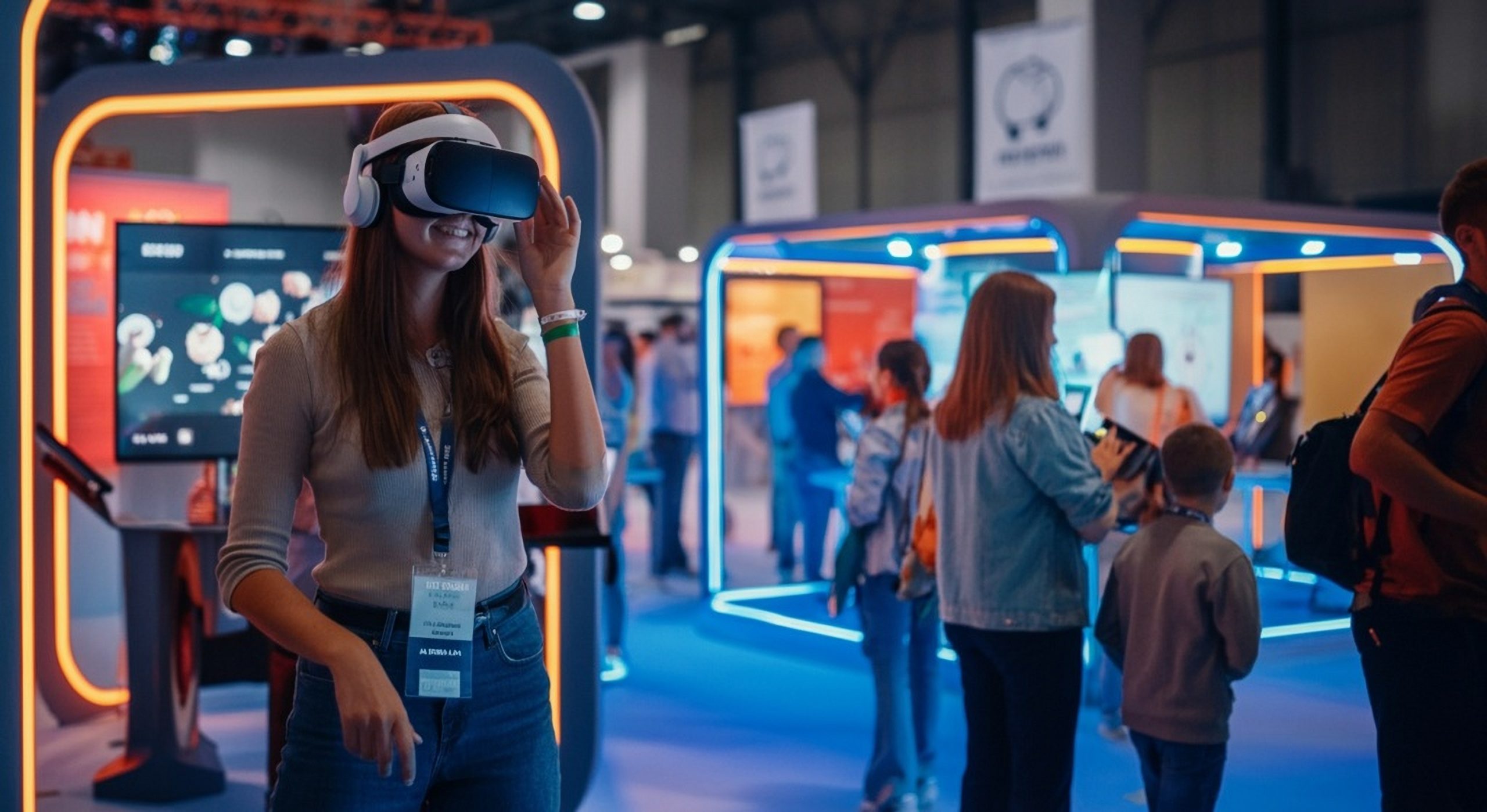The data speaks for itself: we receive more than 6,000 advertising impressions per day, most of them in digital environments. This sheer oversaturation forces brands to ask themselves: how can we stand out amid so much noise? Is it useful to increase impressions, or is it more effective to generate lasting memories?
This is where experiential marketing comes into play. It’s not about showing more adverts, but inviting consumers to experience something real, tangible and memorable. 76% of consumers confirm this: they prefer to spend on brand experiences rather than products. In Europe, 7 out of 10 want to feel part of something; in Spain, 62% prefer an unforgettable experience to a simple discount. The trend is clear: brands that make you feel something are gaining ground.
Events: from supporting role to leading role
Just spend a few minutes on Instagram or TikTok to see it: events are booming. From award ceremonies to boxing nights or water festivals, what drives the public is being there, experiencing it first-hand and sharing it afterwards.
The sector confirms it: investment in brand experiences is growing by more than 9% annually (BCG 2024). We are no longer talking only about entertaining or making an impact, but about creating emotional bonds that influence purchasing decisions. In fact, events are no longer an ‘extra’ in campaigns, but have become their central focus. According to Eventoplus, 72% of professionals now consider them a strategic priority, reinforced by data from the Dentsu Creative Experience Report 2024: investment in brand experiences has risen by 11% annually since 2020.
Experiences to savour
If there is one thing that sets experiential marketing apart, it is its ability to activate all five senses. Unlike a television commercial or digital banner—which are limited to sight and hearing—a well-designed experience allows consumers to taste, touch, smell, hear, and see. In other words, it multiplies the opportunities to leave a lasting impression on consumers’ memories and, more importantly, on their emotions.
An inspiring example can be found in PromPerú, which understood that if it wanted to attract tourists, it had to start by appealing to their senses. And few things generate such an immediate connection as gastronomy. This led to the creation of the ‘Perú Mucho Gusto’ campaign, which brought a little piece of Peru to Madrid and New York through its flavours, aromas and textures.
During the fair, more than 14,000 people in Madrid and 5,000 in New York were seduced by iconic dishes such as ceviche, lomo saltado and ají de gallina, not to mention the unmistakable pisco. Each bite was an express trip to the Andes, each aroma transported visitors to the Pacific, and each texture brought them closer to a country full of contrasts. The experience was rounded off with local crafts and musical performances, enveloping the audience in an atmosphere that recreated the authenticity and vitality of the most traditional Peruvian regions.
The future is experiential
Where did the success lie? In that emotional connection that arises when enjoyment transcends the individual and becomes something shared. Eating, toasting and dancing with friends in a relaxed atmosphere not only made the event a unique experience, but also turned it into a collective memory that attendees wanted to take home with them.
This case shows that brands that focus on comprehensive experiences not only capture attention: they conquer memory and generate a lasting bond. Because today’s consumers are not just looking for a product or service, but a moment that makes them feel part of something. And that is why tomorrow’s marketing cannot be bought or sold: it is felt. It is in shared laughter, in unexpected flavours, in lasting emotions. Only those who manage to awaken all five senses will remain etched in consumers’ memories.
And this is where agencies play a decisive role. They must understand that the future of the sector is no longer measured solely in terms of impact, but in terms of authentic emotions. We are in an era in which true success comes from provoking real sensations, from designing experiences that activate the five senses and, with them, consumer loyalty.


